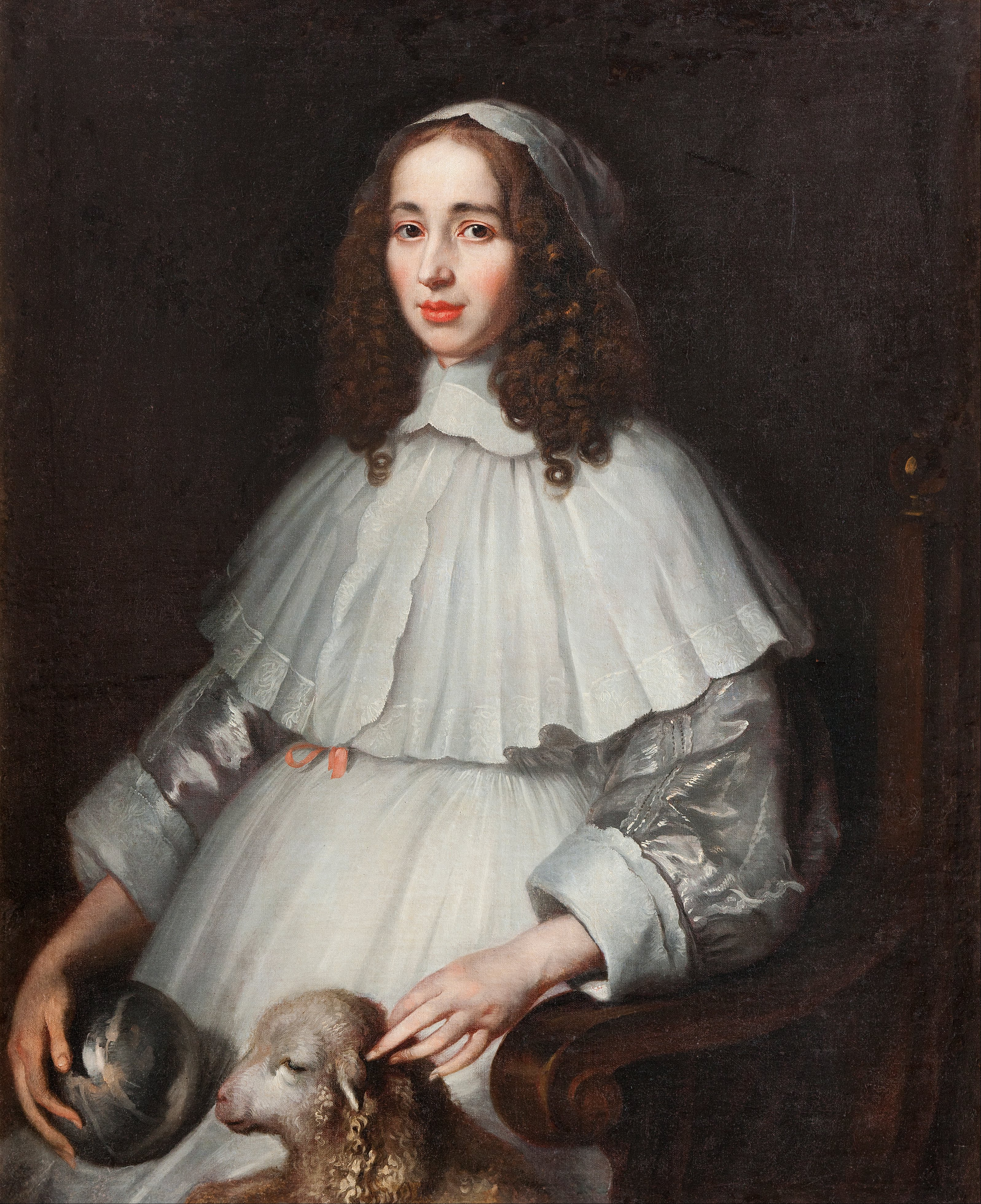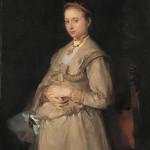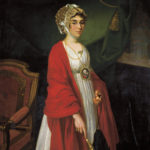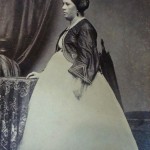Portrait of Anna Margareta von Haugwitz by Matthaeus Merian the Younger (Swiss artist), ca. 1650
This very intimate portrait shows the pregnant Anna Margareta von Haugwitz with a lamb and a globe, symbols of Christian devotion and eternity. Merian conducted during the years 1647-1662 a large number of portraits on behalf of Carl Gustaf Wrangel. About twentyfive of those are still at Skokloster today. The globe on the portrait is still to be found in Wrangels armoury.
Anna Margareta von Haugwitz (16 January 1622 in Saale – 20 March 1673 in Stockholm), was a German noble, married to the Swedish count, statesman and military commander Carl Gustaf Wrangel. Anna Margareta von Haugwitz was a poor orphan from the untitled lower German nobility when she, as a ward of the German Elisabet Juliana of Erbach, who married the Swedish commander Johan Banér in 1636, met Carl Gustaf Wrangel in the Swedish military camp.
The couple fell in love and married for love in 1640, which was unusual and controversial and aroused attention – Wrangel was a member of the most powerful Swedish nobility and his family disproved because she was of the untitled nobility as well as poor. The relationship between the couple was described as happy.
They both got (at least) eleven children, of whom only three daughters survived their parents. The eldest daughter, Margareta Juliana Wrangel was married to Nils Brahe the younger, which came to inherit Skokloster after Wrangel’s death.
Children:
- Hannibal Gustavus (1641-1643)
- Margareta Juliana (1642-1701)
- Achilles (1643-1648)
- Augustus Gideon (1645-1648)
- Carl Philip (1648-1668)
- Eleanor Sophia (1651-1687)
- Charlotta Aemilia (1652-1657)
- Christina 1654-1657)
- Polydora Christiana (1655-1675)
- Augusta Aurora (1658-1699)
- Herman (born and died 1661)
After the Thirty Years’ War, she lived mainly at the estates of Wrangel in Swedish Pomerania. At her death, she provided a sum of money to her birth city, to be handed out every year at the date of her birth.
Via: WikiCommons, Skokloster Castle





